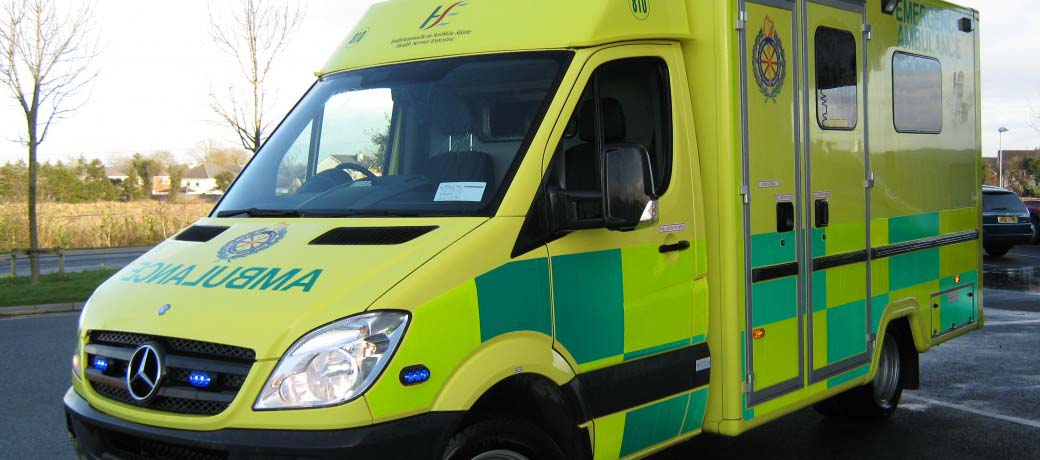AMBULANCES are waiting more than one hour and 12 minutes on average at hospitals across the Saolta University Healthcare Group before being able to declare themselves ready to accept another call, it has been revealed.
Ambulance turnaround times involve the amount of time from the ambulance arrival time to when the crew declares the readiness of the ambulance to accept another call.
Information obtained under the Freedom of Information Act revealed that, on average, ambulance turnaround times have increased nationally from around 43 minutes last year to 52 minutes in the first nine months of 2022.
The Saolta University Healthcare Group (SUHG), which includes the likes of Letterkenny University Hospital (LUH) and Sligo University Hospital (SUH) recorded the second longest average ambulance turnaround times in 2021 (57:10) and again in 2022 so far (1:12:33).
The HSE’s target turnaround time meanwhile, is just 30 minutes. The health service highlighted the impact of increased emergency department (ED) attendances on turnaround times.
Independent TD for Donegal, Thomas Pringle, said, “The length of time that ambulances are taking in discharging patients at casualty is a serious situation that needs to be addressed urgently.
“Many areas of the country are left without an ambulance because they are queuing up at the hospital. I am aware of ambulances being sent from Carrick-On-Shannon to Dungloe, for example, almost 160km away because there is none available locally. That is down to them queuing at the hospital.”
A spokesperson for the HSE said: “One of the most significant challenges for the health service is the extremely high levels of Emergency Department (ED) attendances and the high number of people who need to be admitted to hospital for ongoing treatment.”
So far this year, more than one million people have attended EDs around the country, according to the HSE. Comparing 2019 to date in 2022, there has been a 5.36 percent increase overall in ED attendances.
“Emergency Departments always prioritise and treat the sickest patients first, by means of a standardised and well validated process known as triage,” the HSE spokesperson explained.
“This means that patients requiring less urgent care may have to wait longer times to be seen and this includes patients who arrive by ambulance, not requiring emergency and urgent care. NAS and ED staff work together to ensure patients are transferred to hospital care as quickly and as safely as possible.
“To alleviate the pressures in emergency care, a range of initiatives are already being implemented as part of the National Service Plan, including additional capacity in terms of beds, staffing and strengthening Community Care Teams,” they added.
As part of winter planning, the HSE has developed a plan to support acute and community services to respond to anticipated high levels of emergency attendances and admissions. Funding of just over €169 million has been assigned to implement these measures over 2022 and 2023, including the delivery of additional capacity in acute and community service and the roll out of the vaccination programme for flu and Covid-19.










